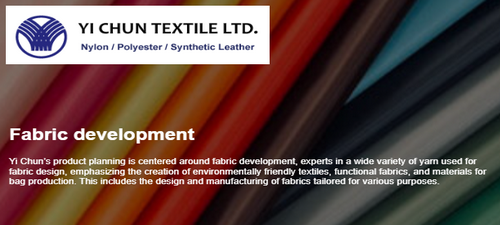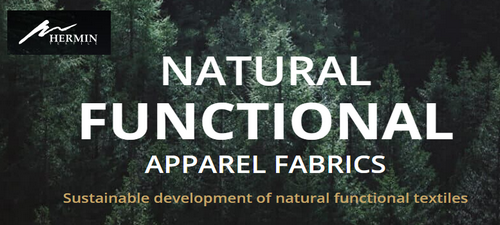Nylon has been a widely used synthetic material since the early 1900s, valued for its strength, flexibility, and resilience. From fashion to industrial use, it’s found in countless products. But as sustainability becomes a global priority, nylon’s environmental impact has come under greater scrutiny. This article takes a closer look at how nylon is made, its environmental challenges, and the more sustainable options now available.
Nylon belongs to a family of synthetic polymers known as polyamides, which are created through a chemical process using monomers derived from petroleum. The two most common forms—Nylon 6 and Nylon 6,6—have different molecular structures but are both widely used in textiles and manufacturing

Referral Link
Environmental Concerns of Traditional Nylon
Producing nylon is energy-heavy and depends on fossil fuels. It requires petroleum and releases significant greenhouse gases. One key component, adipic acid (used in Nylon 6,6), emits nitrous oxide—a greenhouse gas hundreds of times more potent than carbon dioxide.
The production process also generates wastewater and chemical waste that can pollute ecosystems if not properly handled. In addition, nylon’s chemical makeup makes recycling difficult, leading to long-term waste and disposal issues.
More Sustainable Nylon Options
Recycled Nylon
One way to reduce nylon’s footprint is through recycling. Products like ECONYL® are made by reclaiming materials such as old fishing nets and industrial plastic, transforming them into usable nylon fibers. This reduces landfill waste and lessens the need for new petroleum resources. Brands like Aquafil have pioneered this approach, turning discarded materials into high-end textiles through closed-loop systems.
Bio-Based Nylon
Another promising development is nylon made from renewable plant-based sources. Companies such as Toray and Polartec are working on fully bio-based nylon fibers to lower the carbon emissions from production (GlobeNewswire). Researchers are even exploring biodegradable versions made using artificial photosynthesis—a cutting-edge innovation with exciting potential, though still in early stages of development due to high costs and scalability issues.

Referral Link
Challenges and Looking Ahead
Despite advancements, sustainable nylon options still face obstacles. Bio-based alternatives are currently more expensive, and mass production remains a challenge. Recycled nylon helps reduce waste, but it doesn’t completely solve issues like microplastic shedding during washing. Simple habits like washing less often or using microfiber-catching laundry bags can help.
Moving forward, combining recycled and bio-based solutions could provide a balanced path. As consumer demand for sustainable textiles increases, more companies are investing in greener practices and next-gen materials to reduce nylon’s environmental impact.
Conclusion
Conventional nylon poses serious environmental concerns due to its reliance on petroleum and high-energy manufacturing. However, innovation is paving the way for more responsible alternatives. Both recycled and bio-based nylons offer promising steps toward a more sustainable textile future. By embracing cleaner technologies and smarter materials, the industry can reduce its ecological footprint while meeting the growing call for sustainability.









.png)






